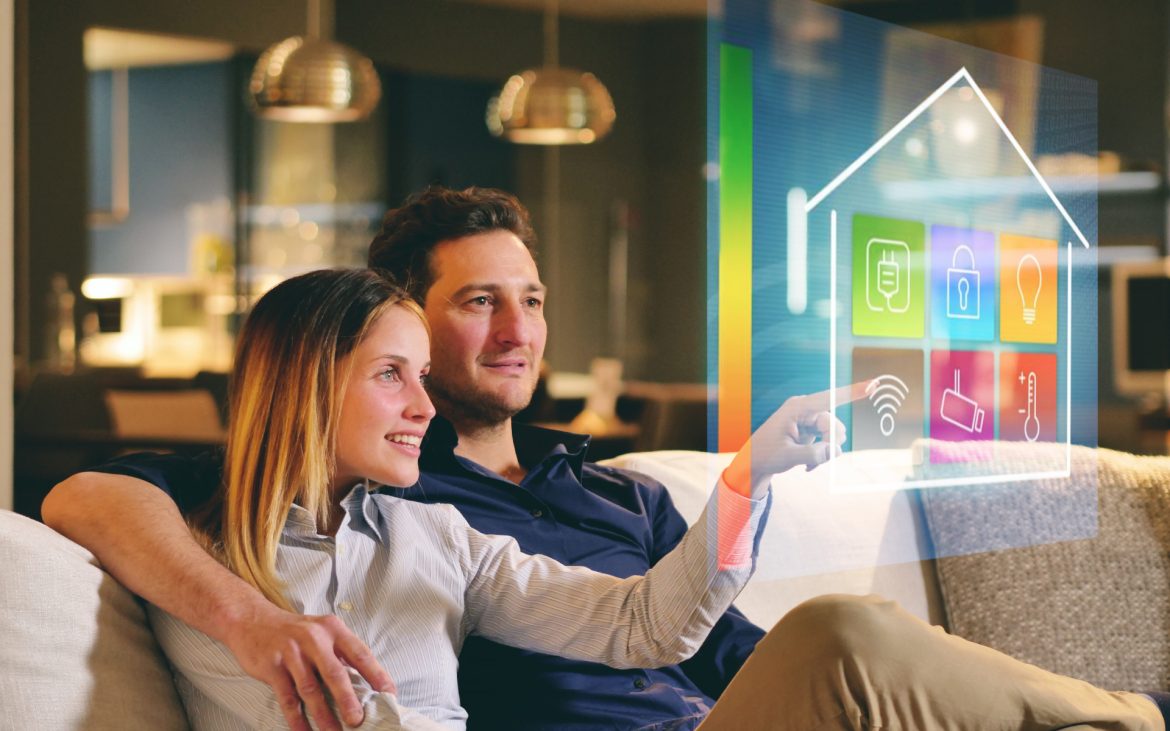A smart home is more than just a trendy concept, but a real step toward improving comfort, security, and energy efficiency. Modern smart technology integrates into a single ecosystem, allowing you to control lighting, climate control, household appliances, and security systems using a smartphone, voice assistant, or automated scenes. This approach saves time and resources and makes everyday life significantly easier.
The heart of a smart home is the control center—a hub or app that connects all devices. Popular platforms such as Apple HomeKit, Google Home, Amazon Alexa, and Yandex.Station ensure compatibility between gadgets from different brands. This allows users to create complex scenes: for example, a “Good Morning” scene that raises the curtains, turns on the coffee maker, and adjusts the bathroom temperature when the alarm goes off.
Smart lighting is one of the most accessible and popular elements. LED bulbs with Wi-Fi or Bluetooth allow you to adjust the brightness, color, and temperature of the light. Some models mimic the natural solar cycle, which has a positive effect on sleep and mood. Motion sensors automatically turn on lights when you enter a room and turn them off when the space is empty.
Climate control has also become smarter. Smart thermostats like Nest or Ecobee analyze occupant habits, the weather outside, and even the presence of people in the home to maintain an optimal microclimate. This is not only comfortable but also cost-effective: such devices can reduce heating and air conditioning costs by up to 20%.
New generation appliances are deeply integrated into the smart home. Refrigerators with touchscreens track expiration dates, create shopping lists, and even order food online. Washing machines run at night, when tariffs are lower, and robotic vacuum cleaners clean the apartment on a schedule without human intervention.
Advertising


